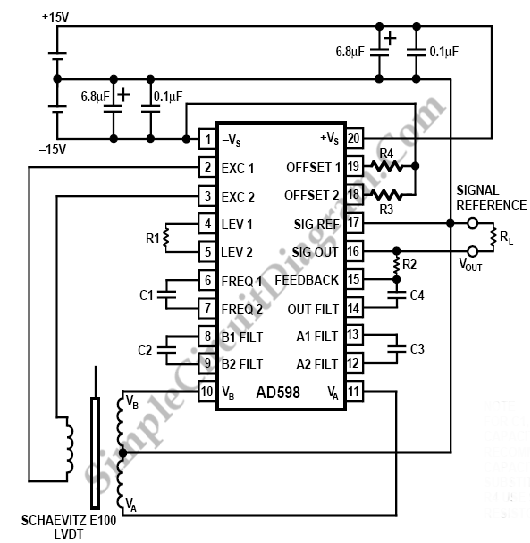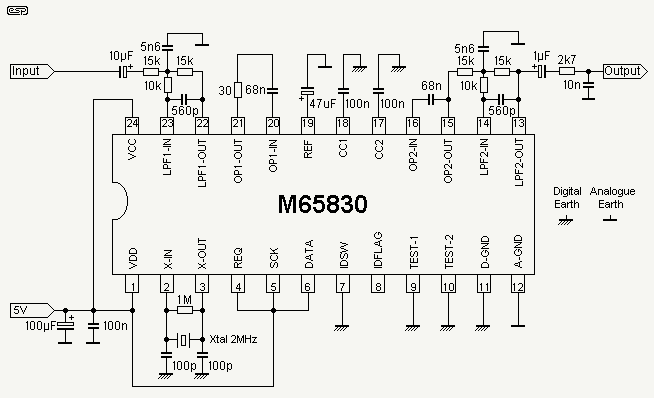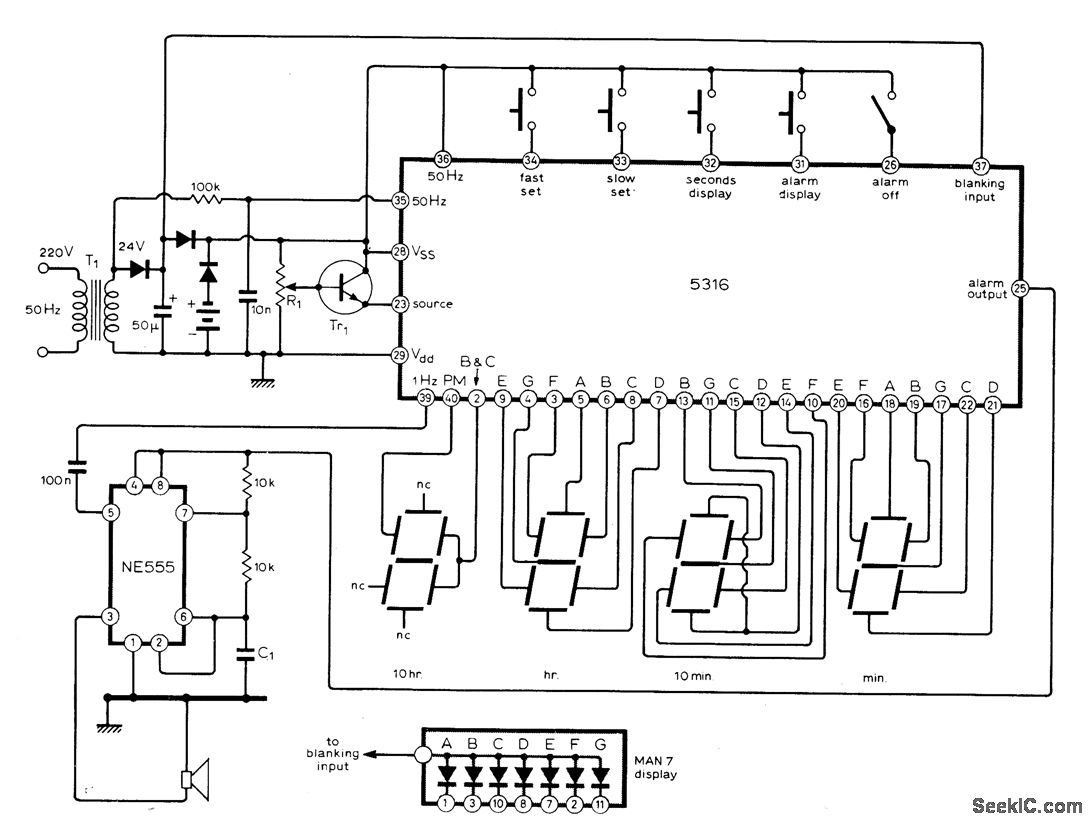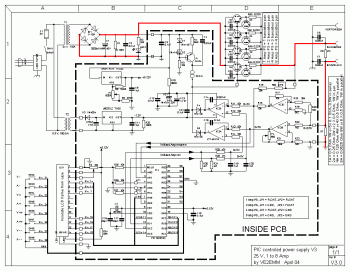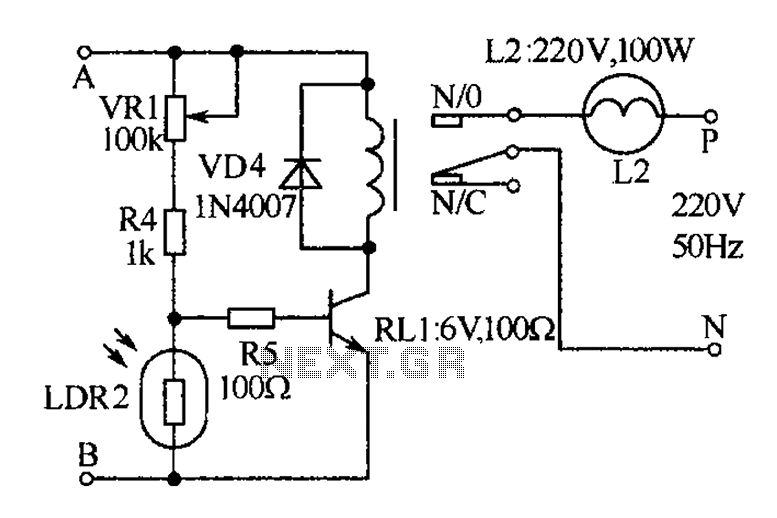
A digital display clock signal source CD4543 CD4060 CD4518

The digital display clock signal source circuit depicted in the figure is derived from a multi-point detection control box within the actual circuit. It primarily comprises an automatic and manual pulse generator, a clock pulse generator, pulse counting elements, and digital display components.
The digital display clock signal source circuit serves as a critical component in various electronic systems, providing accurate timing signals that can be utilized for synchronization and control purposes. The circuit's architecture typically involves two main types of pulse generators: an automatic pulse generator that continuously produces clock pulses at a predefined frequency, and a manual pulse generator that allows for user-defined pulse generation.
The automatic pulse generator usually employs a stable oscillator circuit, which may consist of a 555 timer or a crystal oscillator, ensuring reliable and consistent clock signals. The output of this generator feeds into a pulse counting mechanism, which counts the number of pulses over a specified time interval. This counting function is essential for applications requiring precise time measurement or event counting.
The manual pulse generator may incorporate switches or buttons that enable the user to initiate pulse generation on demand. This feature is particularly useful in testing scenarios or when specific timing events need to be triggered manually.
The pulse counting components may include flip-flops or counters that register the incoming pulses and convert them into a format suitable for display. The digital display components, often based on LED or LCD technology, present the counted pulses in a human-readable format, allowing users to monitor the timing signals easily.
Overall, this digital display clock signal source circuit integrates various electronic elements to create a versatile timing solution, suitable for applications ranging from simple timing tasks to complex control systems.Digital display clock signal source circuit shown in the figure is taken from a multi-point detection control box in the actual circuit. It mainly consists of automatic and man ual pulse generator clock pulse generator, pulse counting and digital display components.
The digital display clock signal source circuit serves as a critical component in various electronic systems, providing accurate timing signals that can be utilized for synchronization and control purposes. The circuit's architecture typically involves two main types of pulse generators: an automatic pulse generator that continuously produces clock pulses at a predefined frequency, and a manual pulse generator that allows for user-defined pulse generation.
The automatic pulse generator usually employs a stable oscillator circuit, which may consist of a 555 timer or a crystal oscillator, ensuring reliable and consistent clock signals. The output of this generator feeds into a pulse counting mechanism, which counts the number of pulses over a specified time interval. This counting function is essential for applications requiring precise time measurement or event counting.
The manual pulse generator may incorporate switches or buttons that enable the user to initiate pulse generation on demand. This feature is particularly useful in testing scenarios or when specific timing events need to be triggered manually.
The pulse counting components may include flip-flops or counters that register the incoming pulses and convert them into a format suitable for display. The digital display components, often based on LED or LCD technology, present the counted pulses in a human-readable format, allowing users to monitor the timing signals easily.
Overall, this digital display clock signal source circuit integrates various electronic elements to create a versatile timing solution, suitable for applications ranging from simple timing tasks to complex control systems.Digital display clock signal source circuit shown in the figure is taken from a multi-point detection control box in the actual circuit. It mainly consists of automatic and man ual pulse generator clock pulse generator, pulse counting and digital display components.
